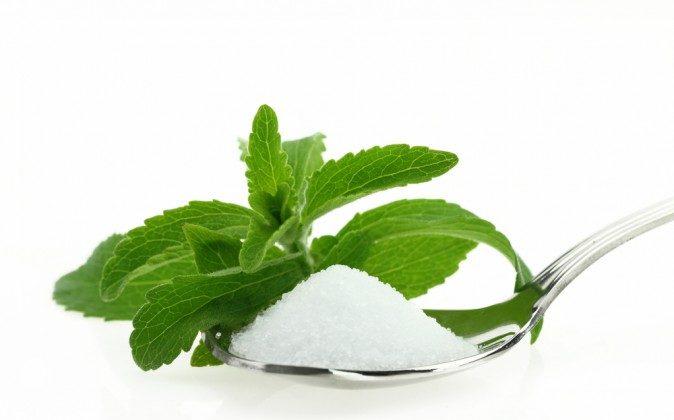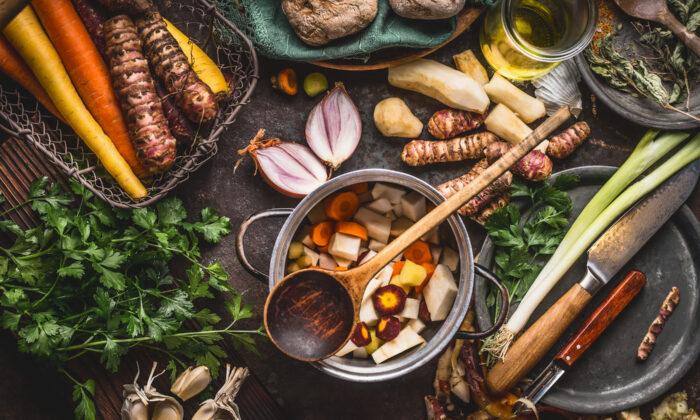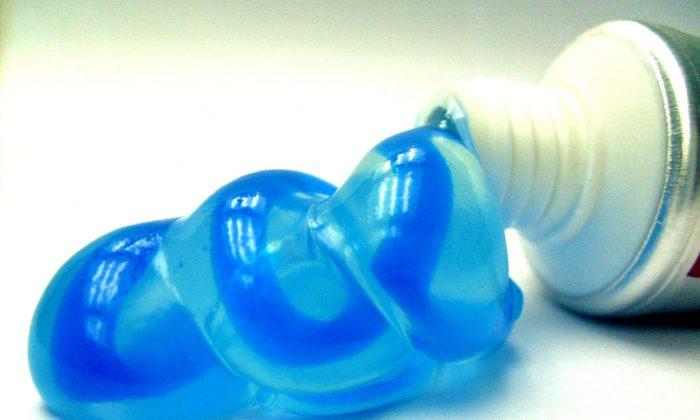Understanding Both Healthy & Not so Healthy Sugars With Their Glycemic Index & Load
Is There Such a Thing as Healthy Sugar?Our body needs sugar to survive. But what we don’t need is refined sugars. Anyone suffering from an over abundance of Candida should limit their fruits, choose them wisely, and forget about sweets in general until the Candida is under control. This goes for those suffering from diabetes and any fungal, viral, or bacterial infection as well. If you do suffer from Candida problems we recommend Thorne SF722. It kills Candida better than anything we know of. A good probiotic to help rebuild the healthy gut flora is recommended too.
In nature, we don’t eat a lot of sugar, and none of it is refined. Besides wrecking havoc on our bodies in a few different way, sugar feeds fungus, bacteria, viruses, and other parasites. Consuming refined sugars radically lowers the body’s immune system and leads to allergies, both seasonal and food allergies.Many people consider themselves healthy but suffer from certain ailments due to their sugar intake. In many cases, these people do not realize that the alternative healthier sugar choices they make still contribute to health problems. Sugars like brown rice syrup, honey, coconut palm sugar, and apple juice are still refined sugars and should be used sparingly. Maple syrup and dates are other sweeteners that, depending on your definition are not necessarily refined, but still are sugars none the less and need to be limited as well. If you or someone you know suffers from seasonal allergies or chronic Candida overgrowth, give up the honey, the brown rice syrup, the agave, and any other sweetener save stevia, completely for a week and see what happens. We bet the results will surprise you.
The reality is that junk food, wether made with healthier sugar substitutes or high fructose corn syrup is still junk food. Healthy foods are whole foods, and whole foods should be the foundation of anyone’s diet.
Glucose is the simple sugar made by the body through digestion of carbohydrates. It is the body’s chief source of energy. Sometimes glucose is called dextrose.
Sucrose is what we commonly refer to as table sugar. It is made from highly processed sugar cane or sugar beets. The composition of sucrose is a combination of glucose and fructose, which separates during digestion. Pure sucrose is devoid of any nutrients.
Fructose, commonly called fruit sugar, is a simple sugar found in honey, tree fruits, berries, and melons. But don’t be fooled into thinking fructose on a label means you are eating fruit sugar. Pure crystalline fructose comes from two sources: corn or sucrose (table sugar). Corn starch is processed to release fructose. Sucrose (table sugar) is enzymatically hydrolyzed to separate into glucose and fructose. Crystalline fructose is pure fructose from one of these two sources.
Pure fructose is 1.2-1.8 times sweeter than sucrose so less is needed for the same level of sweetness. It is low on the glycemic index, therefore it does not lead to peaks and dips in the body’s glucose levels. But fructose is processed in the liver. When too much fructose enters the liver at once, the liver can’t process fructose as a sugar. Instead, the liver turns excess fructose into fats-triglycerides. When you incorporate these fats into our bodies cells (the cell membranes) triglycerides cause these cells to be insulin resistant. This is the reason that high fructose corn syrup leads to diabetes. Fructose is linked to significant increases of both cholesterol and triglycerides. And remember-fructose, like sucrose-is a highly refined processed sugar devoid of any nutrition.
Maltose, also known as malt sugar, is half as sweet as sucrose (table sugar). It is produced from starch (barley, wheat, rice or other grains). It has been produced in China since 200 B.C. We use it in making beer and as an additive to some processed foods.
In our bodies, maltose is formed as the first step in digestion of starchy foods. It is then broken down into glucose.
Lactose is the sugar found naturally in milk.
Date sugar is 100% dehydrated dates ground into small pieces. It is a whole food, high in fiber, vitamins, and minerals. Date sugar can be substituted for granulated sugar or brown sugar cup for cup, but it does not dissolve in liquids. Most alternative health practitionars consider Date Sugar to be a healthy sugar alternative.
Information on Xylitol From Natural News:
Health ClaimsIt is obvious to me, as it might be to you, that xylitol, in addition to killing bacteria, will probably kill just about anything. This clearly explains why it is only recommended to be used in small doses. Yet if you go to a health food store, you will see larger sized bags of xylitol on the shelf, promoting its many health uses.
In lab tests, xylitol will kill a rat 50% of the time in a dosage of 16.5 grams of xylitol for every 1000 grams of rat. Medium rats weigh 100-120 grams, or say .25 pounds. That means, to kill a 100 gram rat, you need only to get the rat to consume, 1.65 grams of xylitol.
A typical xylitol piece of gum contains .7 – 1 gram of xylitol. About half the amount needed to kill a rat. I read of a study stating that humans consumed up to 400 grams of xylitol per day without any ill health effects. I find that hard to believe that such a study is accurate in comparison to the lab tests done as indicated on the material safety data sheets. If 1.65 grams can kill a rat, consuming 400 grams would be highly toxic to humans.
Glycemic Index
When carbohydrates are digested, glucose is released into the bloodstream. The glycemic index is a comparative measurement of the amount of glucose released by a particular food over a two to three-hour period.But the GI rating alone does not give you all of the information you need to determine a food’s effect on your blood sugar. It only tells you how quickly the carbs in a food should turn into sugar in your blood. The glycemic load or GL tells you how much of that carb the food contains. And of course the amount you eat of that particular food is also a huge factor in the rise of your blood sugar.
Foods ranked low on the GI scale release glucose slowly and steadily without a sudden spike of glucose in the blood. A spike in glucose results in a large insulin release, which is more likely to store glucose as fat rather than use it as fuel. Plus a high release of insulin often results in a rapid drop in blood sugar, causing hunger. So you eat candy. Your blood sugar spikes. Insulin is released. Your blood sugar drops. You eat more candy. The sugar rollercoaster ride begins.






Friends Read Free